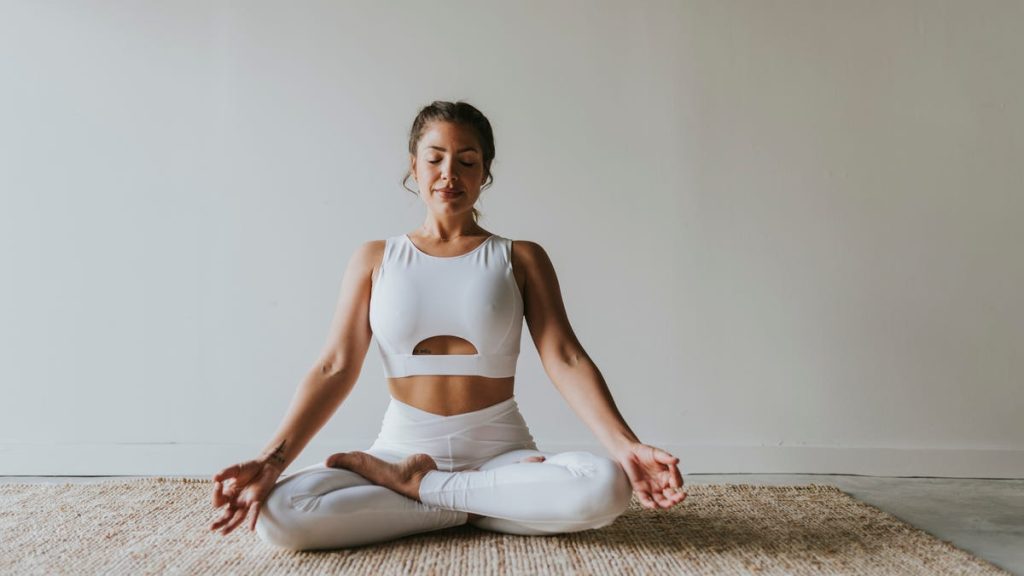Yoga can be a beneficial way to unwind and alleviate stress, as it has been shown to reduce levels of cortisol, the hormone associated with stress. Research suggests that engaging in yoga may lead to reduced levels of cortisol, depending on frequency and intensity of practice. Additionally, some studies have shown promising results regarding yoga’s impact on depression symptoms. Yoga can complement traditional treatment approaches and promote overall well-being. Cortisol levels have a significant influence on sleep patterns, with higher levels often associated with difficulty falling and staying asleep. A 2019 study found that incorporating yoga into one’s routine can have a positive effect on treating and alleviating symptoms of insomnia, suggesting potential benefits for improving sleep quality and overall sleep health.
Practicing yoga before bed can help relax the nervous system and prepare the body for sleep. There are several easy yoga poses that can be incorporated into a nightly routine to help boost sleep quality. These poses are suitable for any level of experience and can be done for about 20 to 30 minutes before bed. Some examples include the Cat-cow pose, Forward fold, Bridge pose, Happy baby, Legs-up-the-wall, Child’s pose, Seated twist, Butterfly pose, and Head-to-knee pose. These poses focus on releasing tension, improving circulation, and promoting relaxation, all of which can aid in achieving better sleep.
The Cat-cow pose involves moving between arching and rounding the back while on hands and knees, promoting flexibility and releasing tension in the spine. The Forward fold helps stretch the hamstrings and lower back, improving flexibility and easing tension. Bridge pose strengthens the core and legs while opening the chest, promoting relaxation and balancing the body. Happy baby releases tension in the lower back and hips, promoting relaxation and flexibility.
Legs-up-the-wall and Child’s pose are both restorative poses that help release tension in the body and calm the mind. Seated twist and Butterfly pose focus on twisting the spine and opening the hips, promoting flexibility and releasing stored tension in the body. Head-to-knee pose stretches the hamstrings and lower back while calming the mind and promoting relaxation. These poses can be done in sequence before bed to help prepare the body for sleep and improve overall sleep quality.
In addition to yoga, there are several other natural ways to improve sleep, such as getting some sun exposure during the day, eating foods that boost happiness, and following the Scandinavian sleep method. By incorporating these practices into a nightly routine, individuals can enhance their sleep quality and overall well-being. Yoga can be a valuable tool in improving sleep health and promoting relaxation, making it a beneficial practice for those struggling with insomnia or sleep issues.












